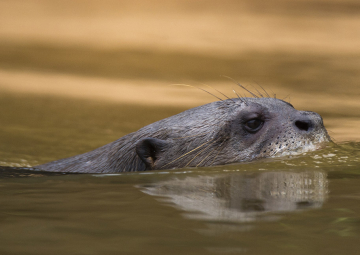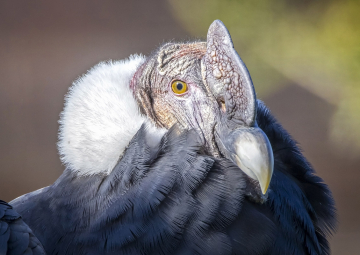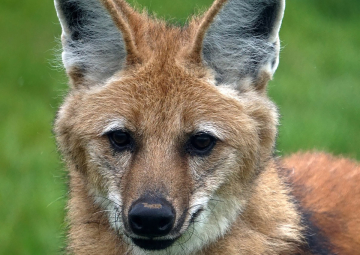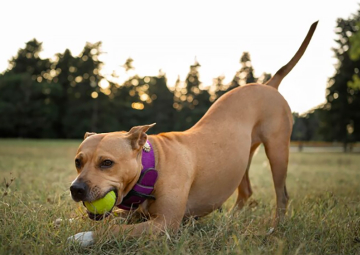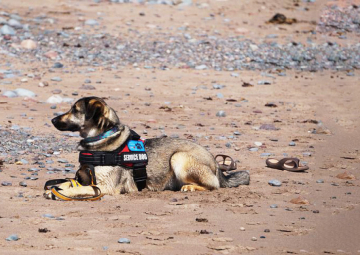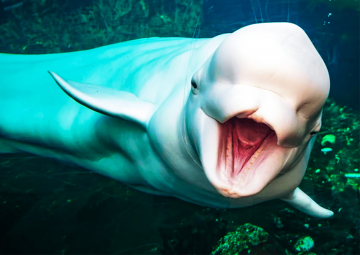Land mammals
Training Maned Wolves: Building Trust for Care and Conservation
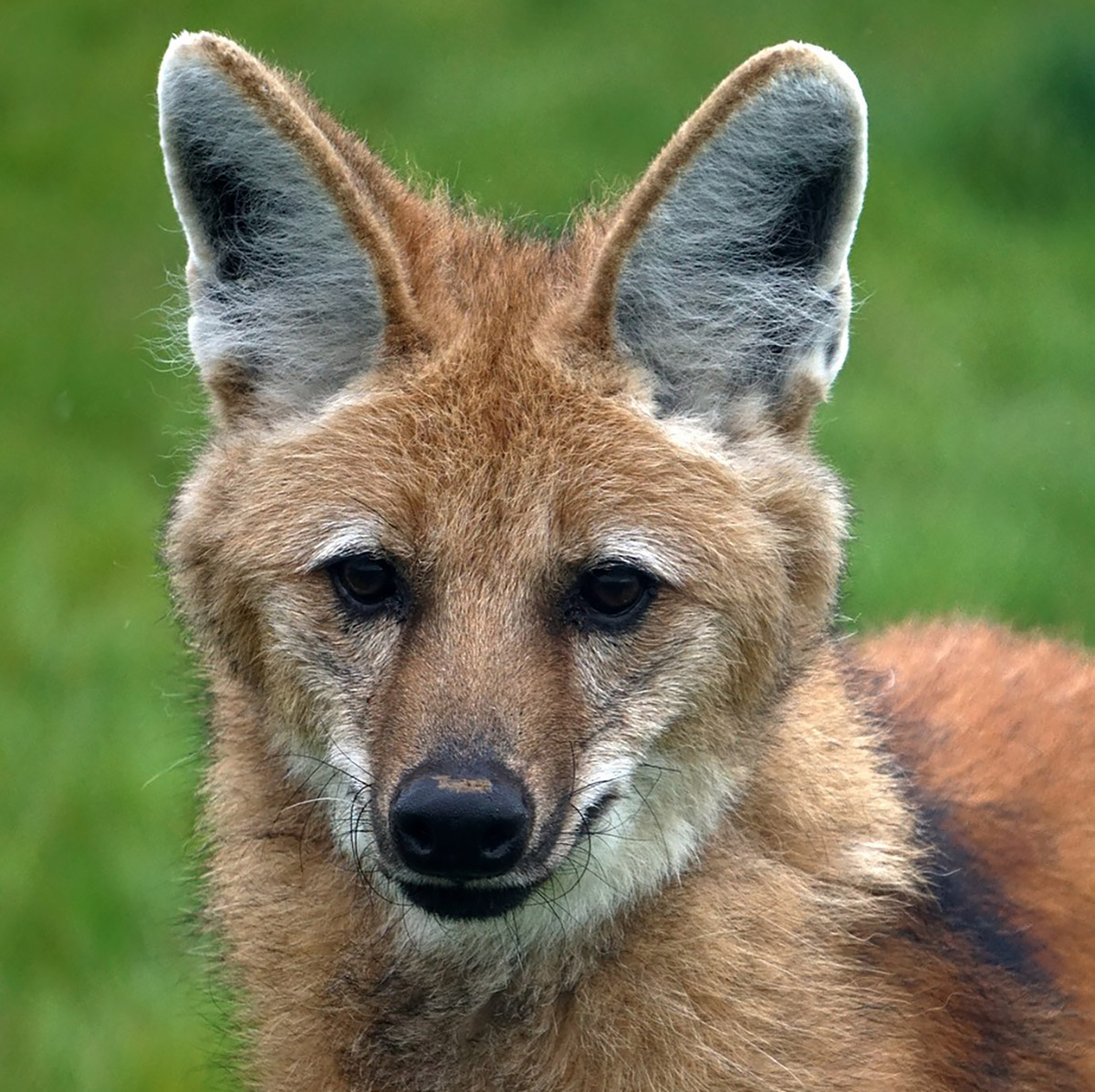
Hello everyone! My name is Marina Schweizer. I am the Animal Training and Welfare Manager at BioParque do Rio, based in Rio de Janeiro/Brazil. I specialized in biology and wildlife management at the São Paulo Zoo Foundation and completed a master's degree in Wildlife Conservation.
In my career, I have led teams in animal care management, overseeing daily routines, and have also guided the animal welfare team in developing animal welfare routines, conducting behavioral studies, creating environmental enrichments, and planning and implementing animal training programs. Additionally, I developed and implemented the Animal Training Policy, which is grounded in respect for animals and aligns with the training guidelines of the European Association of Zoos and Aquariums (EAZA) and the British and Irish Association of Zoos and Aquariums (BIAZA).
Content:
Today, I’d like to share one of the cases I’ve been working on regarding training for daily routines and veterinary procedures based on choice and control for a pair of maned wolves (Chrysocyon brachyurus) under human care. Both animals have always exhibited wary behaviour, maintaining a distance from the team. To develop behaviours for veterinary procedures, we first needed to gain their trust so we could approach them.
A key principle of our training policy is that participation in the session must be voluntary for the animal. To implement this, we always provide the animal's main meal regularly and offer additional food as a reward during the initial phase of training. However, maned wolves prefer animal protein, and excessive consumption can lead to kidney problems. Given this limitation, the team decided to use only the protein in the animals’ regular diet as a reward. To accommodate their food preferences, we separated the meat from their diet to use specifically as a reward during training sessions, while the rest of their diet remained freely available before
the session. This strategy allowed the animals to choose whether to participate in the session, ensuring they always had access to food, even if they chose not to engage.
Given the dominance and submission behaviours between the two animals, the team decided to conduct the sessions simultaneously, with one trainer assigned to each animal. The more dominant and confident female was initially called to the indoor area, while for the male, the trainer positioned herself in a specific spot in the enclosure, maintaining a barrier for protected contact.
Before even associating the bridge with the reward, the team focused on being perceived as a positive stimulus by the animals. Whenever the animals directed their gaze towards their respective trainer, a bit of the reward was thrown near them. Through this process, in just three sessions, the trainer was able to deliver the reward directly into the animal's mouth. After eight sessions, the male began following the trainer to the training point. Once the animals started to view the trainer positively, we began associating the bridge with the reward, followed by associating the animal’s name with the call.
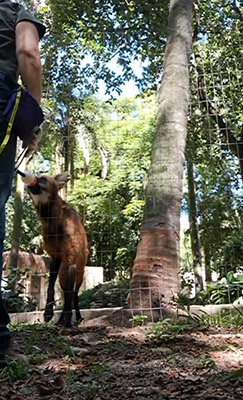 |
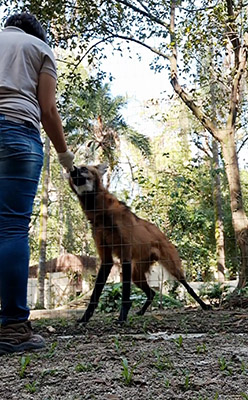 |
Figures 1 and 2 - Male maned wolf approaching and receiving a reward (left) and performing the “Target” behaviour by touching the target with his nose (right).
When both animals began to respond to their name, we focused on behaviours related to handling and veterinary procedures. We started by teaching each animal to touch a target with their nose. The target was presented, and the wolves were rewarded when they touched it. This behaviour was learned in 13 sessions (note that we consider a behaviour learned when it is performed "Excellent" in 10 consecutive sessions), and we then moved on to teaching additional positioning behaviours. Both animals learned to stand, which allows us to check their chest and belly, position themselves on their side for a full lateral view, and lie down. The behaviour of lying down was trained using the capture method. Since attempts to prompt the animal to lie down did not work, the trainer observed that the animal would lie down spontaneously in a specific part of the enclosure when no behaviours were requested. The trainer waited for the animal to lie down, marking the behaviour and providing a signal simultaneously. Although the male performs the behaviour on cue, he still lies down at a distance from the trainer, meaning the behaviour is not yet considered 'excellent.
Other behaviours currently being learned include habituation to various people, which will help the animals view different individuals as positive stimuli and respond appropriately to any trainer, and habituation to various noises, which will help them remain calm despite diverse sounds such as brooms, shovels, people talking, footsteps, and others.
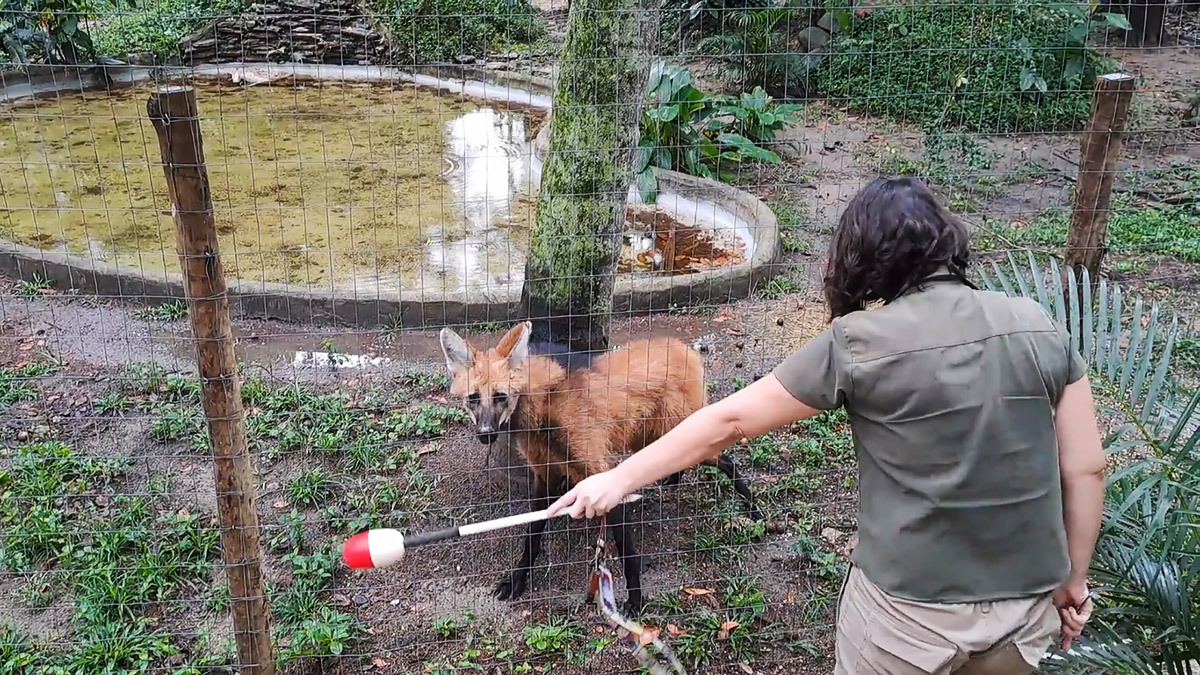
Figure 3 - Male performing the positioning behaviour “Side presentation”
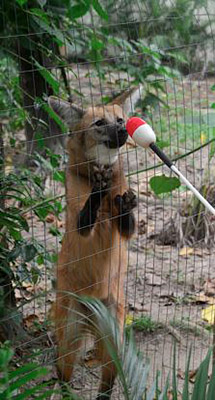
Figure 4 - Female performing the positioning behaviour “Stand Up”.
Training sessions with the animals in their enclosure allow visitors to observe the process and provide opportunities for environmental education. This fosters a connection between the public and the species, raising awareness about wildlife conservation. It also allows us to demonstrate how we carry out animal care, bringing visitors closer to understanding the role of zoos in conservation.
This training process has made it very clear to me how far the animals have come in their learning and, more importantly, the impact of involving animals in sessions where they come to see the care team as a positive experience. Observing the animals' growing confidence in themselves and in the team is inspiring and underscores the positive effects of a respectful relationship with animals.
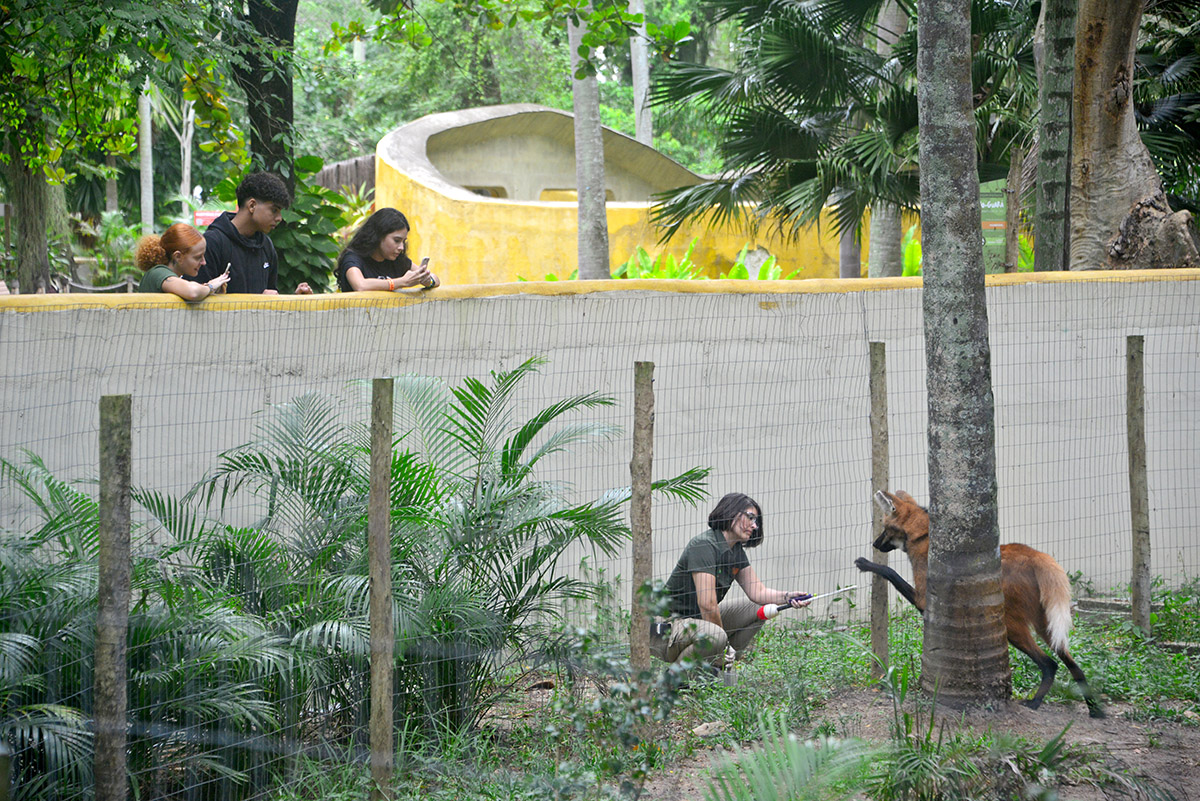
Figure 5 - Male learning the behaviour of offering his paw (“Paw”) while being observed by the public.
I would like to thank the Wezooit team for inviting me to share this experience. I am also deeply grateful to my team, who are dedicated to caring for numerous animals, always with great attention and concern for their well-being. Together—with the care team, administrative staff, communicators, educators, and you, the readers who love animals—we all make a positive difference in their lives.
And remember, if it’s possible…Wezooit!












